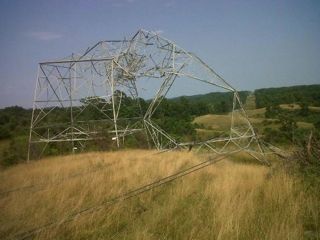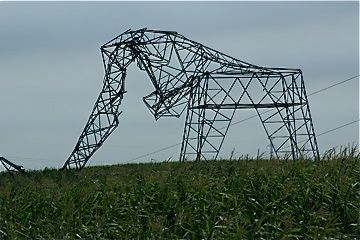PATH didn't disappoint today and filed a second "response" to the answer of one of the other parties to PATH's answer to protests of its abandonment filing at FERC.
Old Dominion Electric Cooperative filed an answer to PATH's answer last week pointing out that PATH was only remaining a "member" of PJM in order to collect an extra half a percentage point of interest over the amortization period. Since PATH does not plan to own any transmission that would receive benefit from a PJM membership, the extra interest to be derived from this "membership" is just another way to gouge consumers without any corresponding benefit. ODEC also pointed to PATH's ridiculous contention that its parent companies' memberships in PJM entitled PATH to receive this benefit.
What is it that PATH fails to understand here? Sec. 219 of the Energy Policy Act directs FERC to "provide for incentives to each transmission utility or electric utility that joins a Transmission Organization." Now that PATH's project is abandoned and PATH has no plans to own any other transmission, ever, PATH is no longer a "transmission utility or electric utility." Therefore, PATH is no longer eligible to retain this incentive. Does someone need to draw PATH a picture? Any further answers or responses should include artwork, preferably in crayon.
In their "response" today, PATH rambles on accusing ODEC of conflating and confusing PATH's answer. Fail! Considering that I read the same thing in PATH's answer that ODEC did, chances are that the Commission will also read it that way, despite PATH's suicidal attempt today to rehabilitate its own bleary legal work. And speaking of bleary legal work... who is the "Virginia Service Corporation Commission" that PATH mentioned in their "response" today? Any parties here by that name? Didn't think so. Thanks for the laugh, PATH! Watch out for that fire, it's hot!



 RSS Feed
RSS Feed